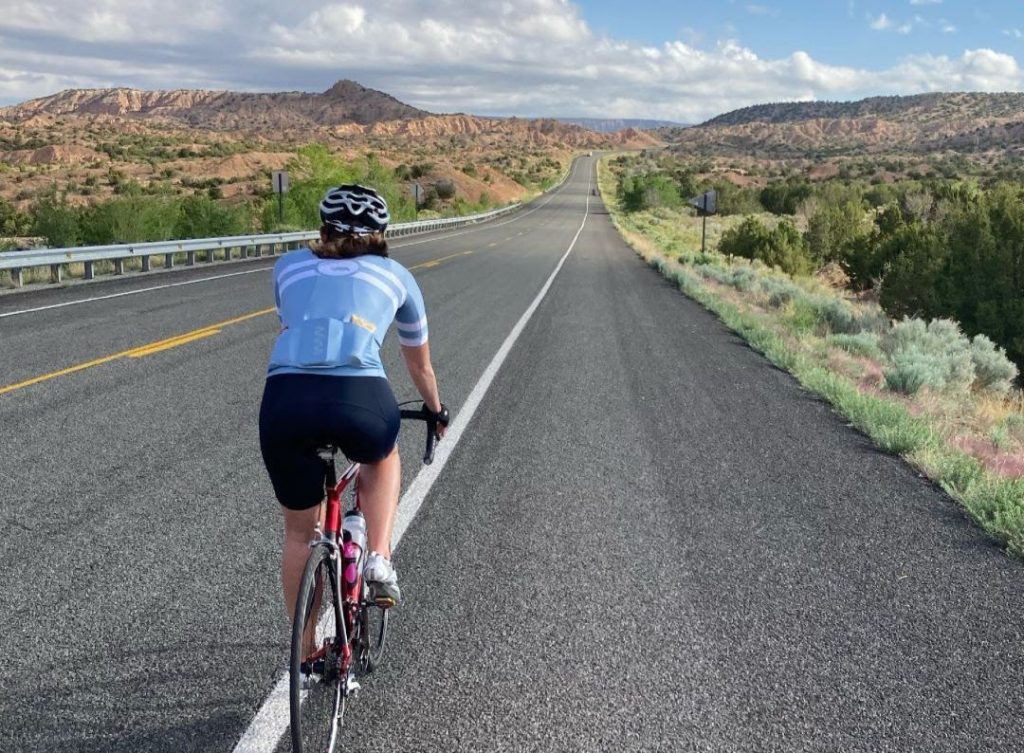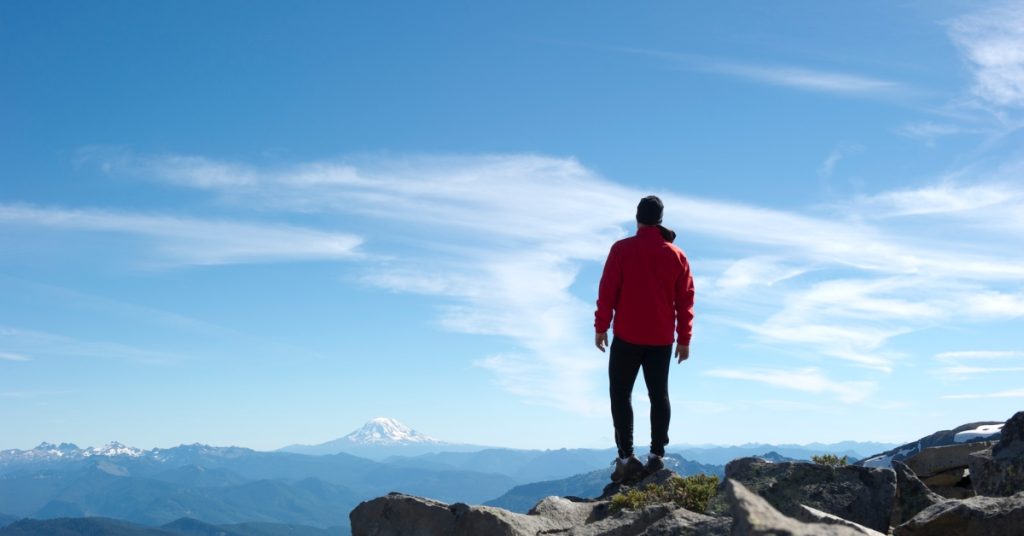Words by Coach Carson McQuarrie
Coach Carson is a dedicated athlete and coach who specializes in ultra-distance cycling and plant-based nutrition. For more information on Carson’s coaching services, or to schedule a coaching consultation with him click HERE.
You’re considering embarking on an ultra-endurance cycling race or goal of your own? Well, I consider myself of unique expertise having cycled across Canada and America in 25 days and 17 days, respectfully, in two different styles and being an online endurance coach for both TEC and TrainingPeaks. I have coached cyclists to ultra-distance events from 200km to cross-continental (TransContinental bike race in 16 days) bike race successes of their own. You can find a short story from one of my adventures here. There are a few aspects to be well educated and confident in such as packing, training & nutrition, and planning. In this post, I’d like to share the different considerations for planning your goal and day-to-day plan for an ultra-endurance cycling event or race of 200km or longer.
There is a handful of considerations that come into play when choosing your goal and day-to-day plan. These are:
- Style – Are you using a supported, semi-supported, or unsupported style?
- Race or event goal time – Are you choosing a finish-start, start-finish, or training-to-power approach?
- Route finding and navigation – How are you going to create, save, and navigate your route?
Style
Choosing a style is reflective of the level of support you’ll have during your event or race. In the case of most ultra-distance races this if often chosen for you whether you’re doing a 200km double century, a 500-mile RAAM Qualifying race, or anything longer. Still, it’s important to know the differences because they can make a vast difference in your ability to cover distances on your bike for one day or multiple consecutive days.
Supported Style
A fully-supported style event is one where you don’t have to do any of the race day or day-to-day tasks involved in preparing the required food or equipment during which you’re participating. In races more solely focused on rider speed such as the Race Across America (RAAM), or RAAM Qualifiers such as the Race Across Oregon or Cascade Ultra riders are not allowed to compete without the support of a crew driving at least 1 vehicle non-stop behind the cyclist with all the necessary nutrition and hydration, cycling equipment, and safety supplies. Though this complicates the job of the rider before the event starts it is likely to give the rider peace of mind during the event and definitely increase the distance the cyclist can ride each day.
While different crews have devised numerous ways to plan day-to-day routines to keep the cyclist moving and sleeping efficiently as possible one team’s plan (with two vehicles) may look like this:
4 am: Support crew #1 wakes to brush up on days route navigation, ready their food and hydration, wake cyclist for his 4:30 departure on the bike.
4:15 am: Cyclist wakes, turns bikes lights on, turns on team car communication equipment, has a quick bite to eat, and mounts the bike at 4:30.
4:30 am: Support crew #1 follows 15 meters behind the cyclist for 4 hours replenishing water bottles and handing food out the window every 1-2 hours. Support crew #2 drives ahead and resupplies food and water for their turn driving behind the cyclist and meets cyclist and support crew #1 at first check-in point of the day to swap turns.
8:30 am: Support crew #1 & #2 meet to swap turns. Support crew number #2 resupplies cyclist and makes sure he’s feeling ok.
12:30 pm: Support crew #2 follows behind the cyclist, posts to social media, and hand supplies out the window for the cyclist when necessary.
4:30 pm: The support crew has driven up ahead, re-stocked supplies if necessary, posted to social media, and meets support crew #1 and cyclist at the next checkpoint to resupply cyclist and swap turns following behind the cyclist.
8:30 pm: Repeat the first two swaps and necessary routines. Support crew #2 follows behind the cyclist until bedtime. Support crew #1 drives up ahead and prepares the sleeping location to be ready by 12 am. Support crew #1 brushes up on tomorrow morning route navigation.
12 pm: Cyclist is put to sleep by support crew #2 and support crew #1 is already asleep. Support crew #2 goes to sleep and sleeps in the next morning by a couple of hours before restarting and driving ahead and meeting them at the next checkpoint.
Semi-Supported Style
A semi-supported style is what I like to call it when the rider is allowed to send themselves packages to pick up during their events like what is the case during the TransAmerican Bike Race or the Tour Divide. In the case of the TransContinental Bike Race cyclists are allowed to send themselves packages but are required to navigate to checkpoints along their way to the finish. This method of travel may save you time from grocery shopping at the end of each day, however, it does mean you’ll have to carry all your own food and supplies which invariably slows you down.
You are more responsible for deciding what’s important to structure into each day itinerary which allows for more flexibility. However, it’s best to keep a structure, not unlike the supported style which may look like the following:
4:30 am: Wake up, don cycling clothing, pack up the sleeping gear into a saddlebag, set up navigation equipment/electronics, and connect to the method of electronics charger on the bike if possible.
5:00 am: Don bike, start play music, turn on lights, and start riding having the first bite to eat on the bike.
5:00 am – 4:00 pm: Ride all day, eat and drink as needed, refueling where possible, and stop at pre-planned package drop/pick-up location(s) before they close (such as government post offices which close before 5 pm). The package may contain extra clothes for a mountain pass or extended period at altitude, special food, or it may be a spot to mail home clothing no longer needed.
4:30 pm: Continue riding until the sleeping destination is reached making sure to resupply at the last convenience location for the following day travels.
11:00 pm: Reach the sleeping destination, set up sleeping equipment or check-in to hotel/motel, prepare next morning water and food in jersey to be ready to don, plug-in electronics to charge if possible.
11:30 pm: Go to sleep. Repeat the next day.
Note, many of the top ultra-distance cycling competitors will extend their riding time to longer than 24 consecutive hours to capitalize on tail-wind or push themselves to the limit in the final days or hours of an event, so itinerary may differ than above. Sometimes riders will ride non-stop for the duration of a whole event such as during RAAM Qualifying races that are typically 500 miles with lots of elevation change.
Unsupported Style
The last style requires you to be completely self-reliant such as in the case of the Indian Pacific Wheel Race across Australia. In this particular race, the rider is not allowed to send themselves packages or accept supplies directly from bystanders as this could encourage an unfair advantage, however, they are allowed to sleep and resupply at publically available businesses. This requirement to find and carry all your own food and supplies puts a greater demand on the athletes having to juggle the unpredictable circumstances of the wind and weather’s effect on their speed and choosing when to sleep and resupply during public business hours.
In my experience, having to carry enough food to ensure I don’t run out for most of the day can slow a rider down by 3-6kms/hour compared to riding the same distance over the course of a day without any extra food, clothing, and equipment depending on the weather. It can slow a cyclist down even further if a less aerodynamic gear selection and design are chosen.
Depending on the format of the particular race the daily hourly itinerary really doesn’t differ much from the semi-supported style putting most of the responsibility on you to plan each day and decide if and where you can mail packages to yourself and choose to sleep. In the case of completely unsupported events a few factors are really important:
- Knowing where resupply locations are and how far you have to travel between them.
- How long your water and food will last you given how hard you push yourself and much you sweat in various weather circumstances. You have to become very aware and confident in what your body can handle and it’s best to practice in training rather than figuring it out during a race.
- Having the right equipment optimal for your desired level of sleeping and cycling comfort, different weather and temperature conditions, navigation and battery use, and the aerodynamics and intended speed.
How to Choose Your Race or Event Goal Time
In the world of ultra-distance cycling, I find athletes usually take on one of two approaches in deciding upon their goal time. They also often end up doing a combination of both as they become more confident and aware of what they can do physically in their training. Nevertheless, preparation starts in the mind (mental) before translates to training (physical).
Start-Finish Approach
The start-finish approach is perhaps the most intuitive for events lasting longer than a day. The steps in this approach are:
- Thinking about the distance of the event.
- Thinking how many kilometers you’d like to ride in a day.
- Add those up to find out how many days it’ll take you to finish your event.
It’s a pretty simple approach as it more naturally starts from a place of confidence in what you believe you can do. As you go further through your training you’ll adjust to what you think is possible.
Finish-Start Approach
The steps in the second approach are:
- Thinking about the distance of the event.
- Thinking about how many days you’d like to do the event in.
- Divide the event or race distance by the number of days to determine your required daily distance travel.
Neither approach is complicated, however, this approach typically requires more confidence in one’s self and is more common in cyclists who’ve taken on similar challenges in the past.
Training to Power Approach
The training to power approach is more advanced, though, not necessarily for the “advanced” cyclist. It simply requires a greater understanding of key terms related to training with power and an understanding of training periodization and philosophy. It requires more time on behalf of the athlete or coach while also being far more objective and results-oriented. The benefits far outweigh the drawbacks in saved training time, proper pacing strategies, proper nutrition and hydration strategies, greater confidence in athletes’ ability, and overall faster race time.
As this approach takes a step past the first two it’s founded on the same questions:
- What distance do I want to ride a day?
- How many days can I complete this goal within?
Additionally, it requires answers to the following questions (before allowing the athlete or coach to develop the best power-based training plan relevant to the athlete’s ability and event):
- How much time will that daily distance roughly take?
- How many consecutive days will I have to do this distance/time?
- What power-based training zones are most relevant to the required daily cycling duration of the event?
- How can I best improve performance in those zones for the number of required consecutive days?
To learn what type of power-based workouts are best for ultra-distance cyclists click the link to check out my blog post on the Top 5 Workouts for Ultra-Endurance Cyclist.
Route Navigation
Each ultra-distance cycling event decides the rules of the route for the participating riders. The route rules can change from event to event whether it’s supported, semi-supported, or unsupported. In events such as RAAM, Indian Pacific Wheel Race, or Trans American Bike Race the routes are chosen for the rider and must be followed. For other events such as TransContinental Bike Race the route has specific check-points the riders must navigate to on their way to the finish. In the case of the World 24-Hour Time Trial Championships (which is a RAAM Qualifier), the route is on a small circuit with supporting volunteers and crew member ready to hand-off food and water to you at almost any point.
When a rider gets accepted into one of these races it can be a daunting task to figure out the navigation. While there are numerous special features of the different route navigation tools on the market this post will stand to help you through the beginning planning stages of your event.
The goal of route-finding and navigation is to:
- Ensure you’re aware of the overall and daily distance and time required to travel to complete the event within your goal time.
- Ensure you’re prepared for and capable to travel over the terrain surface and have the relevant equipment.
- Ensuring you have the necessary route and navigation tools on-hand during your event.
These three questions attempt to approach navigation and route finding from a macro scale before answering the questions from a micro-scale.
Google Maps is the best tool to begin with to gain an understanding of the overall distance and day-to-day location-based distances because it can more easily render a map over hundreds or thousands of kilometers while still letting you have the customization to choose “avoid highways”, or stay on or avoid “bike paths”. Google Maps also lets you see an elevation profile and street view to check road quality and easily change road choices. Google Maps is also a great visualization tool for you to begin to see exactly what you’ll be experiencing.
If you’re competing in a supported event this is likely all that’s necessary for your crew to ensure you’re traveling on the right roads or paths, however, if you’re self-supported you’ll want to dissect the route and have the necessary electronics to transfer your route to for hand-held accessibility. To dissect the route in greater detail the two platforms are the best for on-road and off-road use, respectfully:
- Ride With GPS
- Komoot
These software programs are not only great for route finding at home but in the case of Ride With GPS, you can navigate while on the road with a Google Street View integration encase you find yourself in a pickle.
The primary feature benefit of these programs is their ability to store routes within the app and create and save route files. These route files may be viewable from within the apps, in addition, they can be transferred to your bike computer in the case you have the proper model that has onboard navigation such as some of the Wahoo models. Now you have access to the routes from both your phone and bike computer. Note, you’ll likely have to delete your bike computer history and reduce the distance/file size because some bike computers have a file size limit.
Lastly, it’s best to have 2 or more sources of information regarding aspects of your route such as the location of convenience stores. Everyone experiences unforeseen obstacles so expect that there’s a good chance you may not follow your route exactly and that’s ok. It all comes down to preparation and if you’re able to stay calm in the face of navigation or physical endurance stress then you’re likely able to think of a logical resolution to find yourself to the end of the day and ultimately to the finish of your event. Having the support of a coach en-route also helps tremendously.
If you’d like to read a story from one of my adventures you can find it here.



